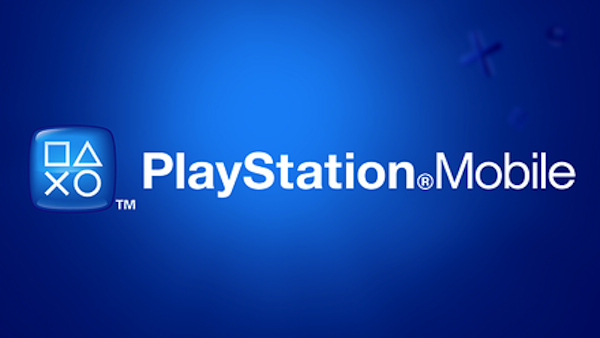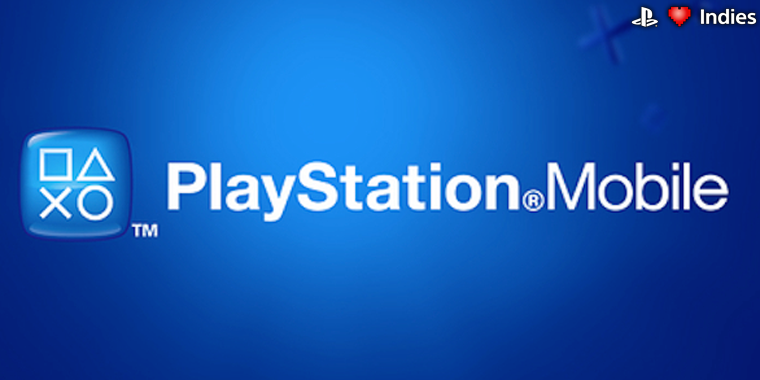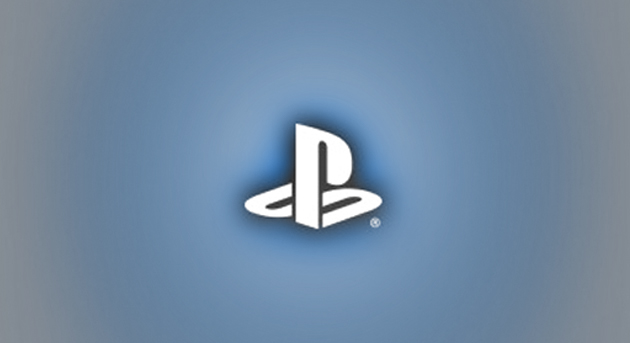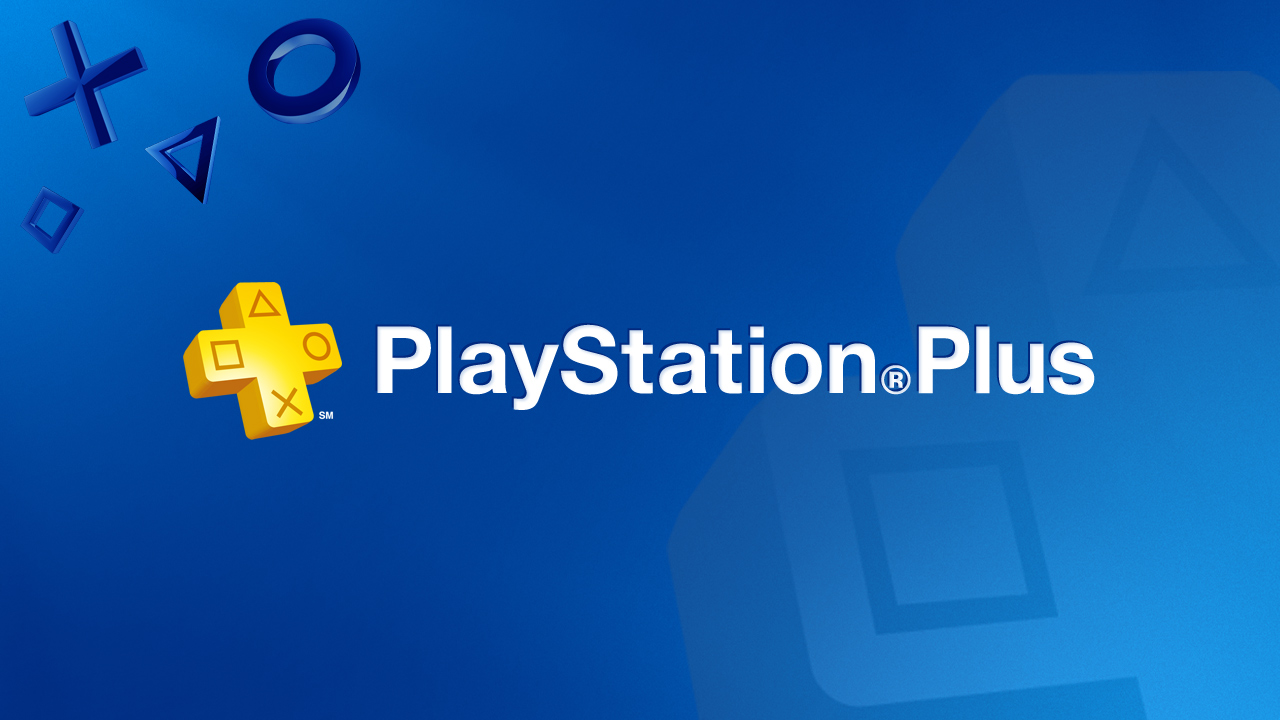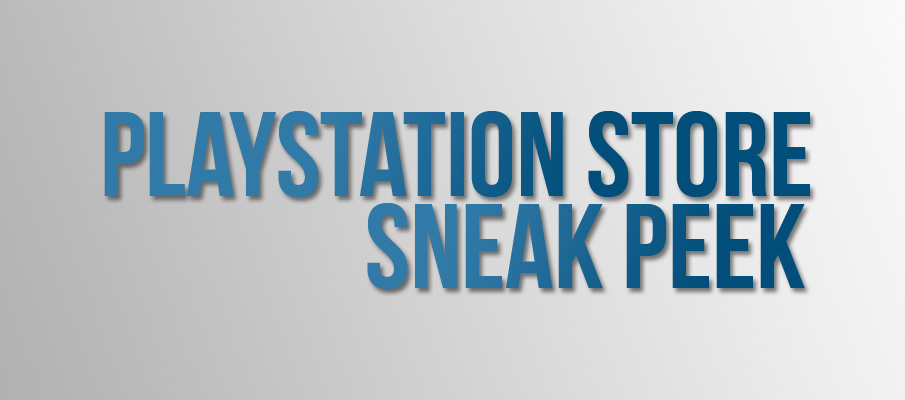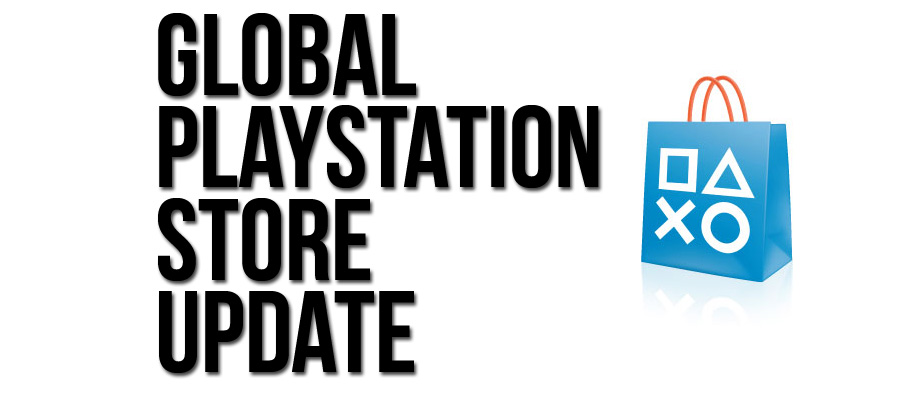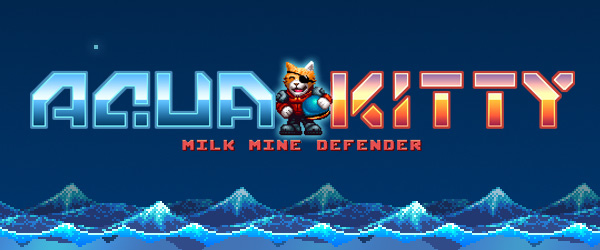
PlayStation Mobile Developer Interview: Aqua Kitty
Posted by Chris K on October 2nd, 2012 | 3 Comments | Tags: Aqua Kitty , PlayStation Mobile , PSM Q/A
Cats mining for milk at the bottom of the ocean is a pretty crazy concept for a game. When I first saw the trailer for Aqua Kitty I knew we had to talk about it. So I contacted Dugan Jackson over at Tikipod and got him to tell us all about it. THE MILK MUST FLOW!
Q: What is Aqua Kitty all about?
Aqua Kitty is an arcade shooter set loosely in the mould of Defender and set in the style of 16-bit or late 80s arcade games. On a world where all the milk has run dry, cats end up forced to drill under the ocean seabed where they discover what seems to be naturally forming full fat milk. In the game you play a cat piloting a small submarine protecting milk mining kittens from marauding mechanical sea creatures.
The milk must flow!
Q: What’s the gameplay objective? Is the game broken up into different levels that you have to survive in order to mine more milk?
The core objective is to save your kittens from the red robot jellyfish. If they are all taken its game over, you will need to restart the level or try a different one if available.
The main game is made of a sea map of branching levels that you progress through. There are four main areas to it but you can also unlock a special 5th hard-core area – an infinite mode level that has no kittens or milk and is pure enemy wave survival.
Q: Are there different power-ups for your submarine?
There are 3 pickup power-ups that all come from the same “Goldfishy” type enemy, ‘Support’ / ‘Bomb’ / ‘Health’. You control which power-up is dropped based on the sea depth of the goldfish when it’s shot.
- ‘Support’ gives you time limited machine gun toting kitten outriders.
- ‘Bomb’ is a large radial cluster bomb.
- ‘Health’ is… extra health!
Your submarine also has a powerful and rechargeable secondary fire mode. Its maximum energy is increased at certain points in the game. The power-ups are all explained over the first four levels of the game.
Q: Is the game more score attack or survival?
More survival initially, but you can replay completed levels to try and save all the kittens on each one (each saved gives an additional bonus score).
Then as you get to know a level better you will work out ways to best chain enemy kills for maximum points to try and beat the high scores.
Q: Are there different challenges for each level?
All the main game levels require you to protect kittens, but they all have differences in the types of enemy waves they have (different enemies are introduced as the game progresses), and varying sea depths that also affect gameplay. Enemies range from dumb fodder types, to bobbing nautiluses, to fast dodging fish, and machine gun toting jumping crabs (as just a few examples).
Q: One thing that that caught my attention was the game’s music. What was it like working with Mark Day?
Mark (aka Electric Café) is great to work with, a senior professional with a lot of games development experience!
I first worked with him (and Gabor too funnily enough) on a little-known budget DS shooter called Operation Vietnam (published by Majesco) many years ago. When it came time to think about who to contact for the audio on Aqua Kitty he was my first port of call (no pun intended). For Aqua Kitty I had some loose influences in my mind for the music (mostly Turrican 2, Amiga) as a starting point, then Mark added his own ideas and he developed the audio over time until ending up with this fantastic soundtrack that has a Huelsbeck/Hubbard sort of retro vibe.
I think the soundtrack will be out sometime this week on ITunes.
Q: What was it like being small team releasing a game on PSM?
PSM has been great to work on. It comes with a solid set of development tools which are easy to setup and use, and PSM has a very active dev forum which is always helpful when working on a new platform.
Another nice feature of PSM for developers is that expensive devkits are not required; you can just test your project on any consumer devices compatible with PSM.
I’m not usually a big fan of virtual arcade controls (used on touch only devices) but it was reassuring to learn that the PSM ones work really nicely, an added bonus to it being that the player can edit the button layout to suit their own preference. Yes we are pretty small, just a team of 3 people (myself, Gabor on Code and Mark on Audio). I like small teams, when they are made up with the right people they can be so efficient and productive.Two other PS3 games I have been fortunate to work on, Gravity Crash and Eufloria PSN, were also great examples that you don’t need large development teams to make good console games.
Q: What made you want to release on PSM?
When we heard about PSM we were initially intrigued by the opportunity to release a game onto Vita which is such a nice console. It has a great screen and controls – and badly needs more games IMHO.
Then when we realised PSM would be across varying mobile devices too, it was an added bonus. One other factor to trying PSM was that we had already been developing using C#, so to move over to PSM didn’t mean a total rewrite of the game.
Q: Anything else you want to have our readers know about Aqua Kitty?
We have a new webpage for Aqua Kitty now where we will be updating any news or information we have about the game – “http://tikipod.com/aquakitty/”.
And thank you for the opportunity to talk about our small game; I hope people enjoy playing it.
[gallery_imgs dir=”http://media.psnstores.com/psm/aquakitty/” num=”5″]
Look for Aqua Kitty and more titles this Wednesday when PSM launches. I want to thank Dugan for taking the time to answer our questions. You can follow him on Twitter: @TIKIPODltd

